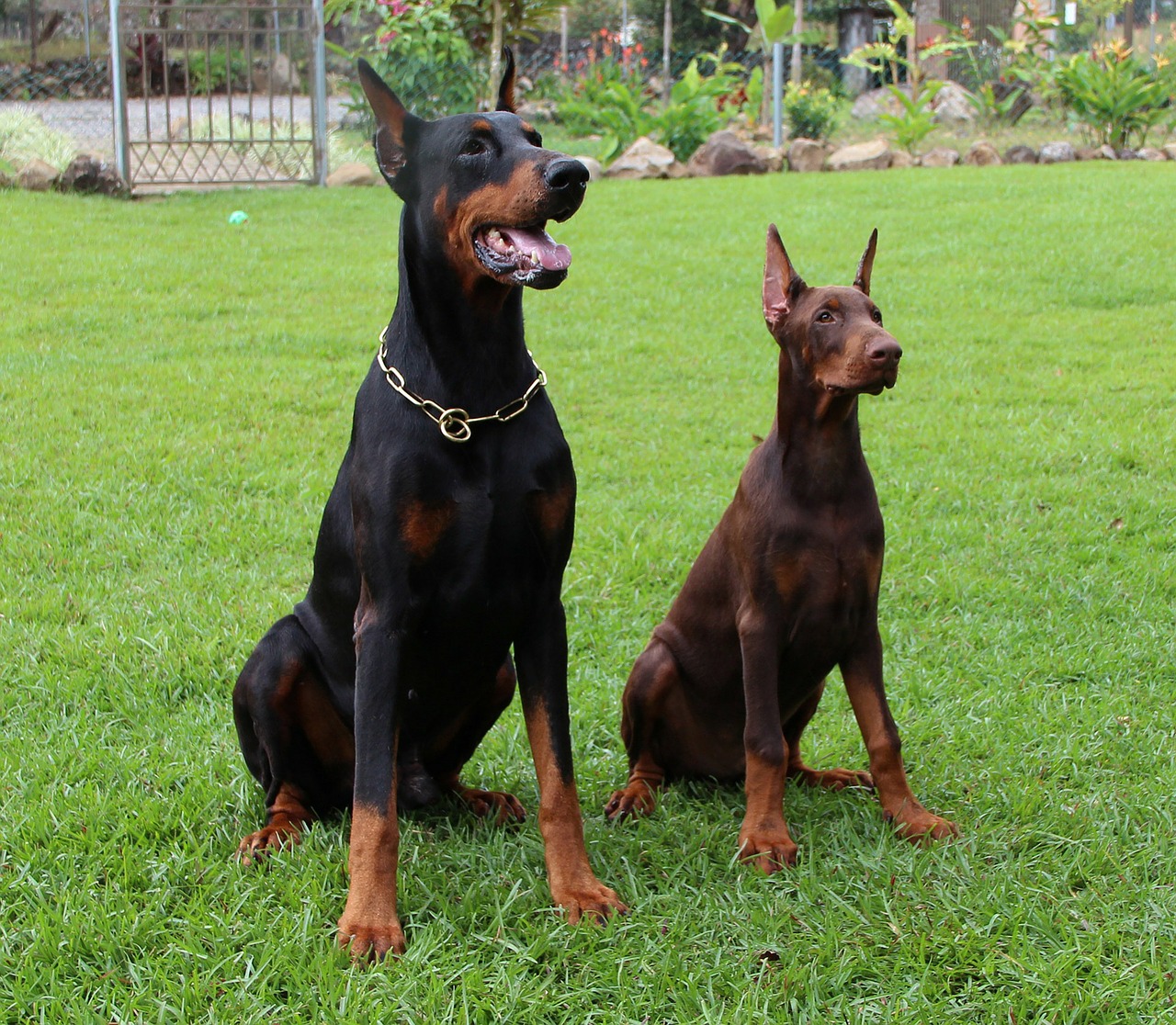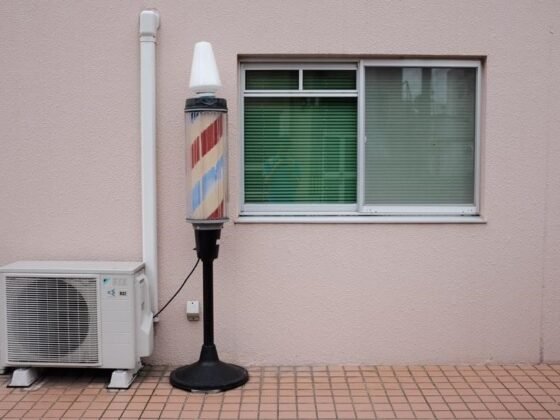Table of Contents Show
Is your pup ready to begin training? Your dog’s fundamental requirements include training and socializing. The sooner you start training your dog, the better.
Particular abilities are more significant than others in the long run when training your dog. You might think of this as building the groundwork for a lifetime of excellent conduct and friendship with your dog.

All dogs need to learn basic skills at some point in their lives. It doesn’t matter if you recently got a puppy, adopted a shelter pup, or want to refresh your older dog’s memory on what they should know (and yourself). No matter how old your dog gets, it’s never too late to start teaching them new tricks.
You can learn these techniques by attending Denver dog training classes, hiring a professional trainer, or watching instructional videos. Read on to get a comprehensive guide on how to teach your dog at home if you need even more help.
House Training
When done correctly, house training a dog is a breeze since it appeals to its innate need to keep its den tidy. A robust wire box that is just big enough for the pup to stand up and turn around is the most excellent housebreaking training equipment for puppies and older dogs.
Most crates are made of foldable metal with detachable pans that can be moved about the home, cleaned quickly, and expanded as the dog grows. Depending on your preferences, you and your dog can choose between soft or plastic/hard sides.
It is possible to feed dogs in their kennel or reward them every time they enter the crate. When you open the cage door, anticipate taking your dog outdoors and using a command like “toilet” to take him to the bathroom.
Training a dog to urinate or defecate outdoors may be accomplished in as little as a few weeks if they are instantly rewarded and if any mistakes are caught and corrected right away.
Read Also
Grooming and Appearance
Putting your dog through this test shows that you trust them enough to let them be groomed and evaluated by a professional (such as a friend of yours, a groomer, or a vet). Additionally, it shows how much the owner loves their pet and is concerned about its well-being. Evaluators examine the dog for cleanliness and grooming.
The dog must appear to be in good health (i.e., alert and healthy, clean and proper weight). Handlers are responsible for providing their dog’s preferred comb or brush. The evaluator carefully combs or brushes the dog before gently inspecting the ears and picking up each front foot to complete the examination.
During the inspection, the dog does not need to retain a set posture, and the handler may speak to the dog, praise it, and encourage it.
Basic Dog Commands
In your daily life, you’ll find yourself using a slew of standard dog instructions. The command “sit” is one of the most often used. Your dog’s sit command will be one of the first and most straightforward to teach.
Other commands, such as lying down, rolling over, jumping, and so on, may also be explored. Working on these commands is enjoyable and soon enough, your dog will exhibit the desired results.
Listed below are the top two basic commands you should make sure your dog understands:
Sit
It is much easier to control a dog that has been taught the “Sit” command. This command also helps your dog learn more complex instructions like “Stay” and “Come,” which they can learn by repetition of the “Sit” command.
You can train your dog to sit by placing a treat in the palm of your hand and placing it over his head. Sit them down and congratulate them if they do it correctly. Repetition will help your dog learn this command. Ask your dog to sit before meals, walks, and any other time you’d want him to remain calm and still.
Down
Reward your dog when they obey the command “Down” even if it might be complex to learn. If you’ve ever had a dog that gets a bit too exuberant, this is a great way to calm them down.
This command may be challenging for some dogs to learn since it asks them to assume a submissive position. If your dog is apprehensive, create a relaxed and cheerful training environment for them. Let your dog sniff the strong-smelling goodie you’ve put in front of them and see whether they like it.
As you slowly drop the treat to the floor, let your dog follow your lead. As soon as their tummy touches the floor, say “down” and reward them.










